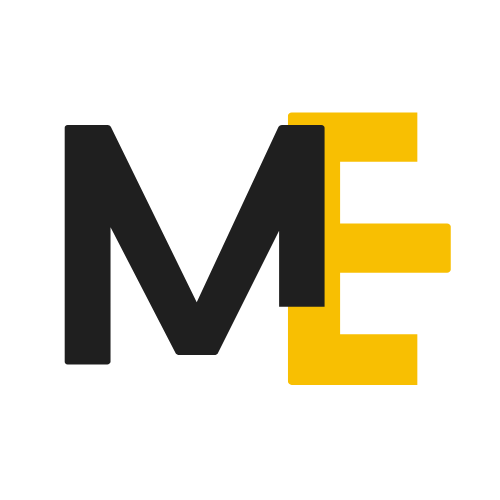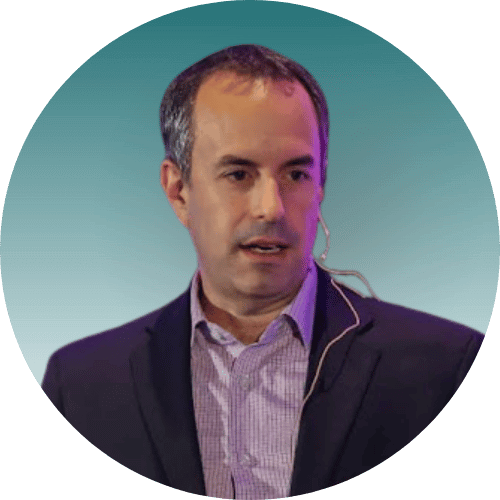Towards an Agentic Future: How AI Agents Are Rewriting the Talent Acquisition Playbook
Matt Tague is a ModelExpand senior consultant, talent strategist, and customer success leader with a track record of building and scaling hiring infrastructure at companies like Lyft, Microsoft, and LinkedIn and most recently led Customer Success at Gem. He holds four U.S. patents for recruiting technologies and has pioneered data-driven talent acquisition strategies. In this post, Matt shares his take on the new structure of recruiting.
AI is everywhere, and yet, it’s nowhere near where it’s going.
Over the past few years, recruiting teams have seen a steady stream of “AI-powered” tools enter the market, including resume parsers, job description generators, and outreach optimizers. Most of them fall into the category of enhanced automation. They help speed up tasks but rely heavily on human oversight. These systems are useful, but incremental.
What’s coming next isn’t incremental. It’s structural.
We are entering the era of agentic AI, where autonomous agents don’t just assist recruiters, but act on their behalf. These agents source, screen, schedule, and engage, end-to-end, with minimal human touch. And in doing so, they don’t just accelerate work. They redefine what recruiting is.
The implications are massive, but most Talent Acquisition (TA) teams are wholly unprepared. The dominant mindset is still stuck in the past: add headcount, automate repetitive tasks, layer in point solutions. That’s a model built for efficiency, not reinvention. And it’s about to become obsolete.
AI Agents Shift Recruiting From Headcount to Infrastructure
The traditional recruiting function is a department staffed with humans who run processes. Agentic recruiting flips that: it’s a system in which agents are the process, with humans overseeing, shaping, and stepping in where judgment or nuance is needed.
We’re already seeing this play out.
Companies like Juicebox have built agent-led workflows that handle sourcing, outreach, screening, and candidate communication autonomously. Recruiters step in only when the agent flags complexity, or when a human touch is required. The system doesn’t support the recruiter. It is the recruiter, until it needs to escalate.
Eightfold is pushing even further, with talent intelligence platforms that not only match candidates to roles, but proactively recommend internal moves, forecast attrition, and generate personalized development plans. These aren’t tools bolted onto the side of TA. They’re replacing chunks of its operating core.
Why Most TA Organizations Will Struggle With This Shift
The dominant posture in TA is reactive. When requisitions rise, we add recruiters. When volume becomes unmanageable, we adopt automation. But in an agent-led world, neither response holds. You don’t scale by adding headcount. You scale by designing systems.
And this isn’t just a tech implementation. It’s a full-blown operating model transformation, one that repositions TA as a cross-functional process, governed as much by IT and data architecture as by HR leadership.
The tension this creates is uncomfortable. What does it mean when sourcing is fully autonomous? When a machine handles candidate engagement better than a human? When scheduling, screening, and follow-up are no longer manual workflows, but system functions?
The reflex will be to delay adoption, to treat agents as experimental, not essential. But that’s a mistake. Companies that delay will find themselves permanently behind, unable to compete on speed, cost, or candidate experience.
“When requisitions rise, we add recruiters. When volume becomes unmanageable, we adopt automation. But in an agent-led world, neither response holds. You don’t scale by adding headcount. You scale by designing systems.”
The Emerging Architecture of Agentic TA
In practical terms, this shift will unfold unevenly. The highest-friction, lowest-value activities will go first: sourcing for high-volume roles, initial outreach, scheduling, and basic screening. These are already being offloaded in mature orgs.
Next will come internal mobility mapping, interview planning, and feedback synthesis, areas where structured data enables intelligent automation. The final frontier will be high-touch human decisions: negotiation, calibration, executive hiring. These will remain human-led, but increasingly system-supported.
Risk, of course, remains a gating factor. The earlier in the funnel, the lower the talent brand or compliance risk. But even in higher-risk areas, agents will play a growing role, quietly shaping decisions, surfacing options, and reducing manual error.
The most important shift isn’t technical, it’s philosophical. TA leaders must begin to think not in terms of team growth, but system orchestration. The question becomes: What is the minimum human oversight required to deliver a world-class hiring experience, at scale, 24/7, with no drop in quality?
“ The final frontier will be high-touch human decisions: negotiation, calibration, executive hiring. These will remain human-led, but increasingly system-supported.”
The Strategic Imperative for TA leaders: Act Before You’re Asked
At some point, and it won’t be far off, your CFO or CEO will ask:
Why does recruiting still operate like it did in 2015?
Why aren’t we using agents to reduce cost and increase speed?
Why haven’t we seen productivity gains in this function like we have in marketing, support, or engineering?
If you’re not already building your answer to those questions, you’re behind.
Agentic recruiting isn’t a distant vision. It’s here now. And it won’t replace recruiters, it will replace redundancy. The teams that survive this shift won’t be the ones who resist it, but the ones who embrace it, learn to manage it, and evolve their orgs around it.
That future doesn’t need more headcount.
It needs leadership.
About ModelExpand
ModelExpand is a talent advisory firm that helps companies build a high-performing internal recruiting engine. We partner with your team to design the people, processes, and systems that drive consistent, faster, higher-quality hiring at scale. Contact us to learn more.





